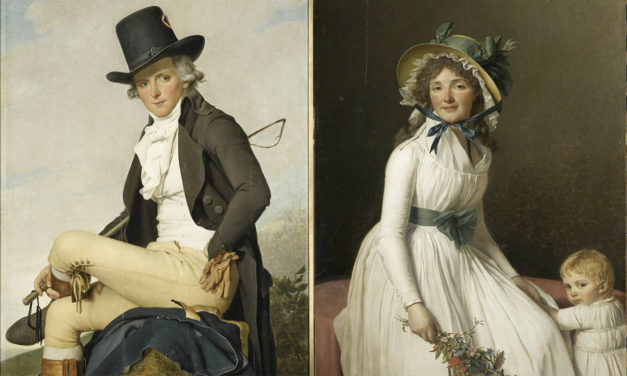1780-1789
In the 1780s the styles from the previous decade continued to be popularized, emphasizing more casual clothing in both womenswear and menswear. At the same time, fashion publications were becoming a vital part of spreading trends and fashion news.
Read More














